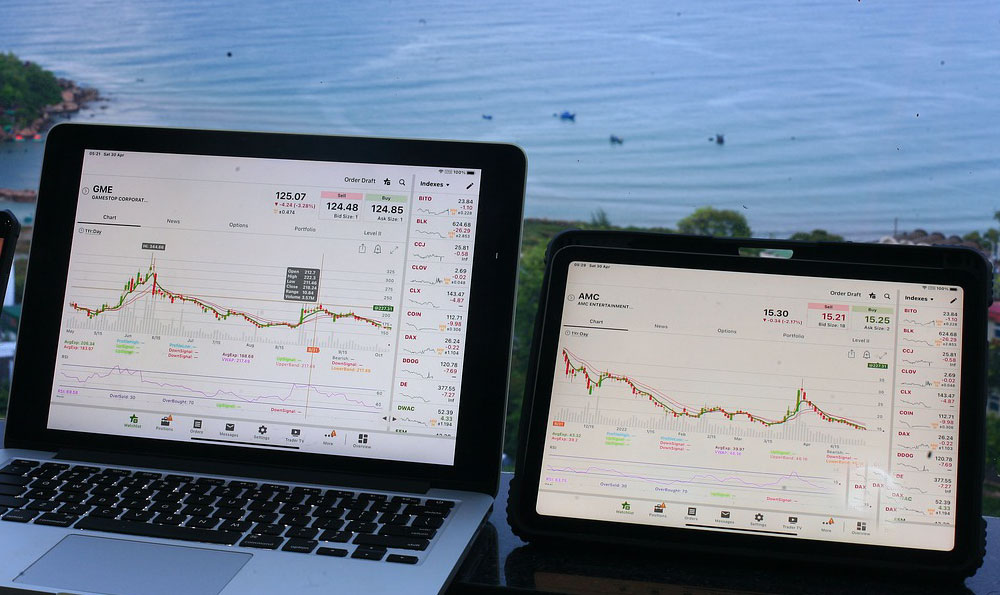
High-yield savings accounts (HYSAs) have become increasingly popular as a low-risk, liquid option for individuals looking to grow their savings beyond the paltry interest rates offered by traditional savings accounts. Understanding how these accounts function and, more importantly, how they generate profit is crucial for anyone considering leveraging them as part of their broader financial strategy.
At their core, a high-yield savings account operates similarly to a standard savings account. You deposit funds, and the financial institution pays you interest on your balance. The significant difference lies in the Annual Percentage Yield (APY), which is substantially higher for HYSAs. This means you earn significantly more interest over a year compared to a traditional savings account. While the concept is simple, the mechanics behind the increased interest rates and how these accounts generate profit are more nuanced.
The higher interest rates offered by HYSAs are typically a reflection of the bank's business model and the prevailing economic environment. Many HYSAs are offered by online banks or credit unions. These institutions often have lower overhead costs compared to brick-and-mortar banks. Without the expense of maintaining numerous physical branches, they can afford to pass some of those savings on to their customers in the form of higher interest rates. They compete aggressively for deposits, and offering competitive APYs is a key strategy in attracting and retaining customers.

Another factor influencing HYSA rates is the Federal Reserve's monetary policy. The Federal Reserve sets the federal funds rate, which is the target rate that banks charge each other for the overnight lending of reserves. This rate indirectly influences the interest rates that banks offer to consumers on savings accounts and loans. When the Federal Reserve raises the federal funds rate, banks generally increase their interest rates on deposit accounts, including HYSAs, to attract deposits and maintain their lending margins. Conversely, when the Federal Reserve lowers rates, HYSA rates tend to decrease.
Now, let's delve into how financial institutions generate profit from the funds held in HYSAs. The primary way banks profit from deposits in savings accounts, including HYSAs, is through lending. Banks are essentially intermediaries between depositors and borrowers. They take the money deposited in savings accounts and lend it out to individuals and businesses in the form of loans, such as mortgages, auto loans, personal loans, and business loans. The interest rates charged on these loans are higher than the interest rates paid on savings accounts. The difference between the interest income earned on loans and the interest expense paid on deposits is called the net interest margin, and it represents a bank's primary source of profit.
For example, a bank might offer an HYSA with an APY of 4.5%. They then lend out a portion of those deposits in the form of a mortgage with an interest rate of 7%. The 2.5% difference contributes to the bank's net interest margin, allowing them to cover operating expenses and generate a profit.
It's important to understand that banks don't lend out all of the money deposited in savings accounts. They are required by regulations to maintain a certain level of reserves to ensure they can meet depositors' withdrawal demands. These reserves are typically held at the Federal Reserve or in the form of highly liquid assets.
Another way banks generate profit from deposits is through investment activities. Banks invest a portion of their deposits in a variety of assets, such as government bonds, corporate bonds, and other securities. The income generated from these investments contributes to the bank's overall profitability. However, these investments also carry risks, and banks must carefully manage their investment portfolios to ensure they can meet their obligations to depositors.
While HYSAs offer a compelling way to grow savings, it's crucial to consider certain factors before opening an account. First, APYs on HYSAs are variable and subject to change based on market conditions and the Federal Reserve's monetary policy. What seems like a generous rate today could decrease in the future. Second, while HYSAs are generally considered low-risk, it's essential to ensure that the bank is FDIC-insured (or NCUA-insured for credit unions). This protects your deposits up to $250,000 per depositor, per insured bank, in the event of bank failure. Third, be aware of any fees associated with the account, such as monthly maintenance fees, excessive withdrawal fees, or fees for transferring funds. While many HYSAs offer no-fee banking, it's always prudent to review the fee schedule carefully. Finally, consider the accessibility of your funds. While HYSAs are liquid, some accounts may have restrictions on the number of withdrawals you can make per month.
In conclusion, HYSAs provide a valuable tool for individuals seeking to maximize their savings potential while maintaining liquidity and safety. They work by offering significantly higher interest rates compared to traditional savings accounts, often due to lower overhead costs and competitive pressures among online banks and credit unions. Banks generate profit from these accounts by lending out deposits and investing in various assets, earning a spread between the interest rates they charge on loans and the interest rates they pay on deposits. By understanding how HYSAs function and the factors that influence their interest rates, individuals can make informed decisions about whether to incorporate them into their financial strategy. Carefully evaluating APYs, FDIC insurance, fees, and accessibility will ensure that you choose the right HYSA to meet your savings goals.





